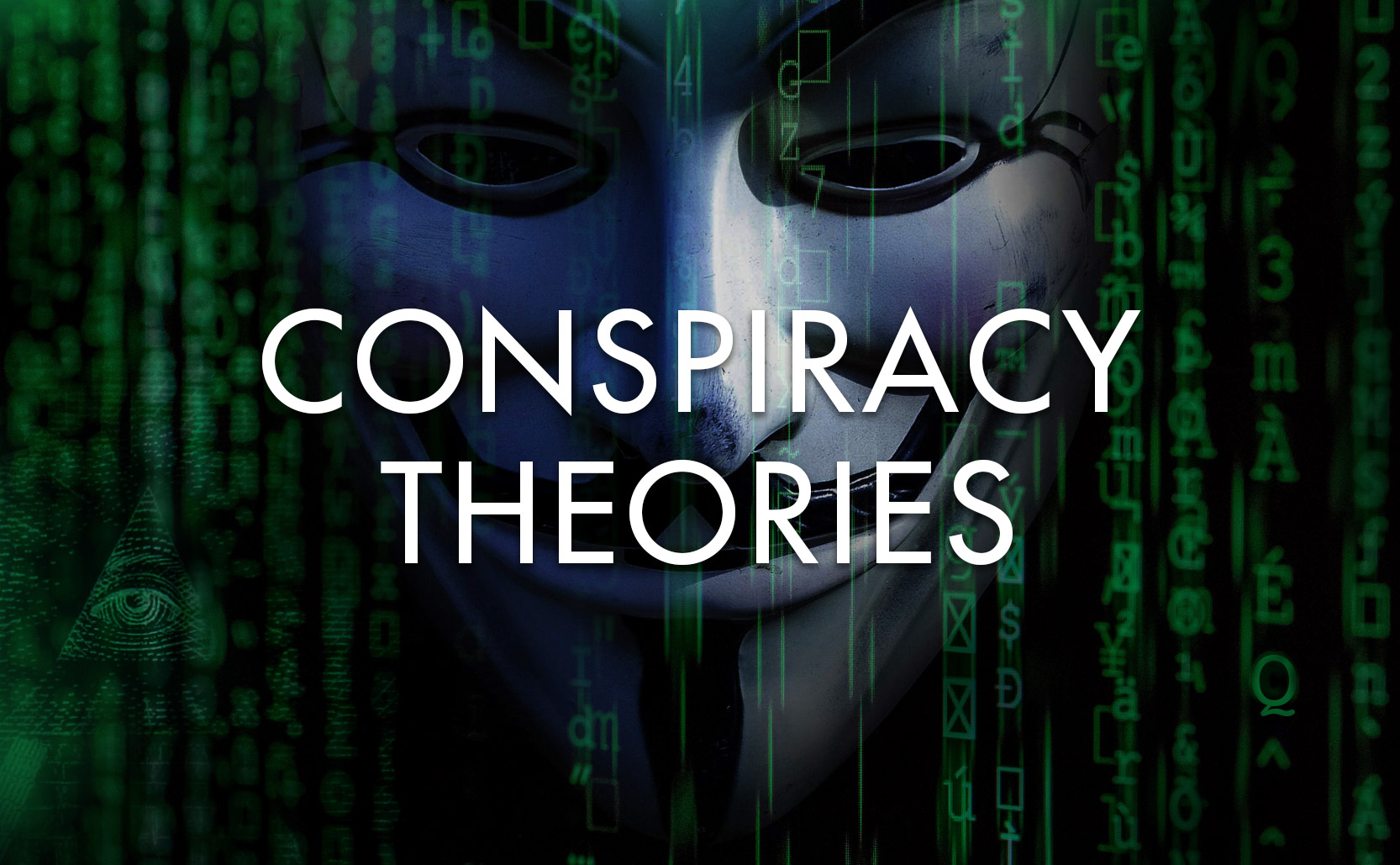Belief in conspiracy theories comes from a desire to make sense of complex or troubling events. They try to reduce the anxiety and confusion generated by things that are hard to understand and/or don’t fit with one’s world view.
The Jews of Medieval Europe were often believed to have committed a variety of nefarious plots. From being responsible for the death of Jesus, to poisoning water wells during the Black Death, to a sinister association with money (which serves as a foundation for later conspiracy theories) … the Jews have been victims of conspiracy theories for thousands of years.
Scapegoating marginalized peoples is common in conspiratorial thinking. Solving why conspiracy theories are so attractive to so many people is complicated.
Out of Control
Conspiracy theories are a way of making sense of events that are hard to understand. Humans dislike uncertainty, so having an explanation (however flawed) is more attractive than doubt. Uncertainty generates anxiety and stressful times only serve to increase the number of people turning to conspiracy theories as a way to alleviate their anxiety.
For example, there are numerous conspiracy theories surrounding coronavirus – it was engineered by the Chinese government, or it was engineered by Bill Gates, or it’s being spread by 5G cell phone towers. The 1889 global influenza pandemic (the “Russian flu”) was blamed on electric lights, telegraph poles, and even just electricity in general. What’s old is new again. People are afraid of a deadly virus that isn’t fully understood and so they blame a new technology that they also don’t fully understand.

The world is largely out of our control and major world events can remind us of how little control we have. Conspiracy theories give a feeling of control to people who feel anxious about a situation they can’t control. Many events are the complex result of a confluence of factors, and sometimes things just happen at random. Neither of these make people feel good. Complexity is not the soundbite people want. Instead it is much more attractive to believe in a simplistic fictional narrative where there are clearly defined good guys and bad guys and you can blame the bad guys for what’s happening. People like easy to understand stories rather than complicated chaos. In having a target to blame, a conspiracy theory believer can take action and have some degree of control rather than being powerless to a complicated abstract concept.
Humans are also pattern recognition machines. Unfortunately we also imagine patterns where there are none. Gamblers and sports fans see streaks and patterns where mathematically there is nothing more than normal chance. People who see non-existent patterns in normal life are more likely to believe in conspiracy theories. In conspiracy theories people construct connections and see patterns where there are none in an attempt to create a story that feels better than uncertainty.

All Kinds
While people who believe in conspiracy theories come from all economic levels, genders, political affiliations, and racial backgrounds, there are a few patterns that exist. For one, people who believe in one conspiracy theory are statistically more likely to believe in additional unrelated theories. Also, belief in conspiracy theories is fueled by the anxiety of not understanding why things happen, and the people who are most likely to not understand things are the less educated.
While conspiracy theories range from the small to large, major world events are more likely to be the focus of conspiracy theories because the effects of such events are so impactful. People want big meaningful events to have equally big and meaningful explanations. This is proportionality bias. The JFK assassination is the focus of numerous conspiracy theories, but the attempted assassination of Ronald Reagan is not. Even though both events are similar in nature, for most people nothing really resulted in the failed assassination of Reagan and so a simple explanation was sufficient. For the JFK assassination however, the idea that one deranged person could cause so much chaos wasn’t a big enough answer for such a big event.
On the Inside
Ultimately believing in conspiracy theories is about belief – it is not about facts. People who believe in conspiracy theories have an insular and circular logic that shields them from the real world. Facts that contradict a conspiracy theory are met with suspicion and are thought of as part of the conspiracy. People like information that feels right, not necessarily is right. Further, the absence of proof to support a conspiracy theory can be seen as proof of the conspiracy theory. It’s an echo chamber shielded from reality.
In 2016 Dr. David Grimes created a formula for how long a conspiracy could realistically stay a secret before being exposed to the public. The more people involved, and the more time that passes, the more likely that someone will say something. For example, the moon landing involved around 411,000 NASA employees. As of today it is extremely unlikely that the moon landing was a hoax because it would have meant that almost half a million people were sworn to secrecy and not a single one of them ever let anything slip for decades. Grimes’s formula demonstrates just how unlikely it is for most conspiracy theories to be true. Information wants to be free. But belief in conspiracy theories continues.

Unraveling
Conspiracy theories are contradictorily both known and unknown. The believer has secret knowledge but also lacks any real evidence. That a conspiracy could have been partially leaked but no real evidence is revealed is very unlikely. But believers are not deterred because conspiracy theories aren’t about facts.
In an age of unprecedented access to information some people have sought emotional refuge in baseless fictional narratives. Conspiracy theories are a symptom, but not the cause, of ignorance. It is easier to prevent a conspiracy theory from taking hold than to change someone’s mind once they believe. It is much harder to unlearn something than learn something new. One way to prevent the adoption of conspiracy theories is an idea called “Pre-bunking” or more formally as attitudinal inoculation. In Pre-bunking people learn some of the techniques used to manipulate them into believing things that aren’t true, arming them to be ready when they encounter misinformation. For those who already believe, psychologists say it is better to treat the root cause of a believer’s ignorance than to try and dissuade them from a particular conspiracy theory.
So whether it’s the suspicion of witches, the Knights Templar, the Freemasons, the Communist red scare, the Protocols of the Elders of Zion, the Illuminati, crop circles, water fluoridation, Area 51, the Royal Family assassinated Princess Diana, 9/11 was an inside job, chemtrails, Obama wasn’t born in America, QAnon, flat earth theory, the deep state, anti-vaxxers, or that coronavirus is being spread by cell phone towers … knowledge from reliable sources and improving critical thinking skills are the best ways to reduce belief in conspiracy theories.





